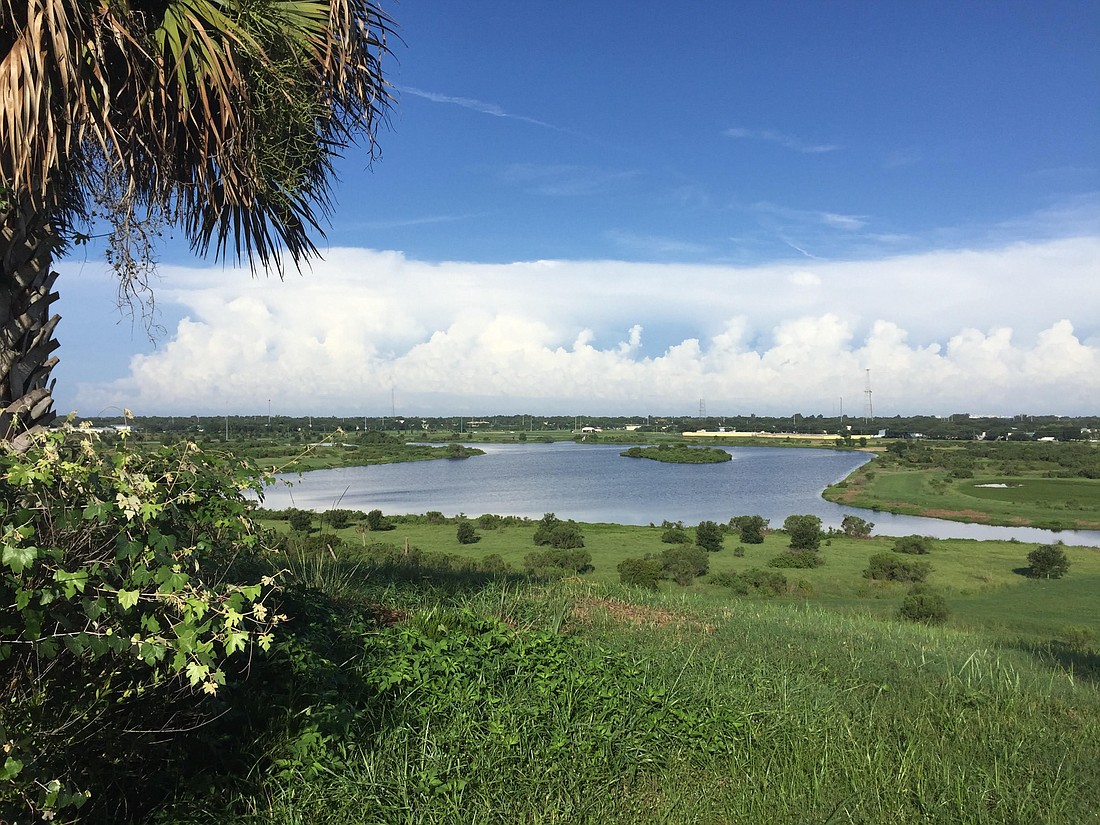- May 3, 2025
-
-
Loading

Loading

After a yearslong effort, a group of local activists won their battle last week to conserve a portion of open land.
Sarasota County, the Sarasota Audubon Society and the Conservation Foundation of the Gulf Coast last Tuesday made final a public-private partnership to protect 33 acres that buffer Celery Fields.
In November 2019, the Sarasota County Commission unanimously voted to place a conservation easement on the northeast, southeast and southwest parcels bordering Celery Fields. The easement meant that all three parcels would be protected from development, which residents had been requesting for nearly three years.
Eleven months later, the organizations returned to board chambers to announce the public-private collaboration.
The collaboration allows the Sarasota Audubon to manage the land for 10 years, though the organization may request an extension for up to two more 10-year periods.
It also allows both organizations to perform environmental restoration, make water quality improvements and add native plants, trails and bathrooms with approval from the county. Improvements cannot take up more than 6 acres, and structures may not exceed 45 in height.
Christine Johnson, the president of the Conservation Foundation of the Gulf Coast, said she was proud to bring the partnership to Sarasota and to protect the area indefinitely.
“You are protecting the nationally recognized, environmentally sensitive Celery Fields forever,” Johnson said.
The quads were among 300 acres the county purchased from a private landowner in 1994. The land purchase was made as part of the development of the Celery Fields, but the quads weren’t intended to be part of the regional stormwater facility, according to county documents.
In 1997, the land was declared surplus, and in 2015, commissioners instructed staff to review all surplus land to identify those with highest value as a revenue source, which caused the quads to be put out to bid.
Quarrels over the land began in 2017 after plans for a yard waste and construction recycling facility were submitted for the southwest quad. Advocates for open land then urged commissioners to maintain the quads as a continued buffer for the area.
An advocacy group, Save Our Celery Fields, led rallies and gathered thousands of signatures for petitions to stop the development on the land, which by then had become a popular walking and bird-watching site.
Commissioners eventually voted against the recycling facility but still were unsure of the direction of the land parcels as growth continued east of Interstate 75.
Now that the easement has been finalized, the acting president of Sarasota Audubon, Jeanne Dubi, said the organization will oversee the restoration and management of the quads. It will work to raise funds to support the area.
“We will safeguard this existing wildlife habitat of the Celery Fields with additional trees and shrubs that provide different but complementary places for birds and wildlife to live and thrive and for people to enjoy,” Dubi said.
Commissioner Nancy Detert, who moved for approval on the easement, said the area will be a point of pride for generations to come.
“I think we came up with something that’s very valuable to our community and future generations,” Detert said. “It’s wonderful to have these points of pride that you can ride around and say, ‘I saved that place.’”